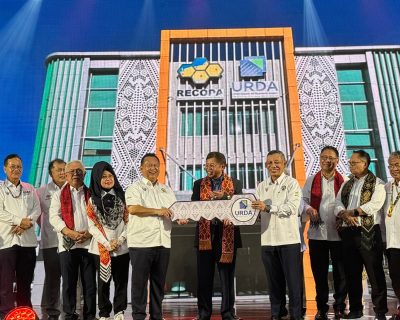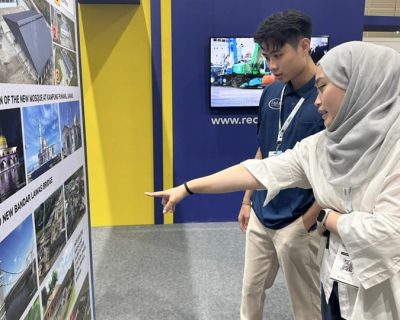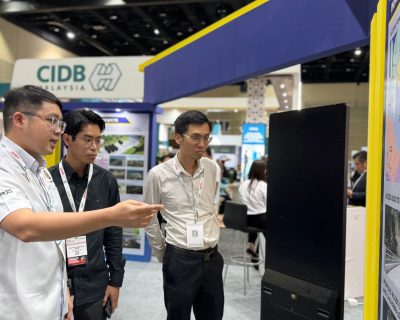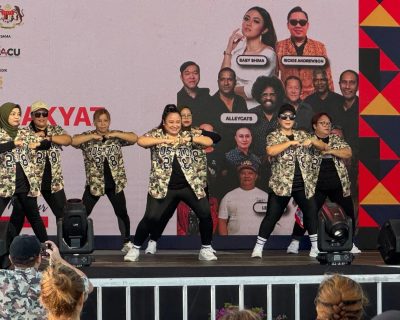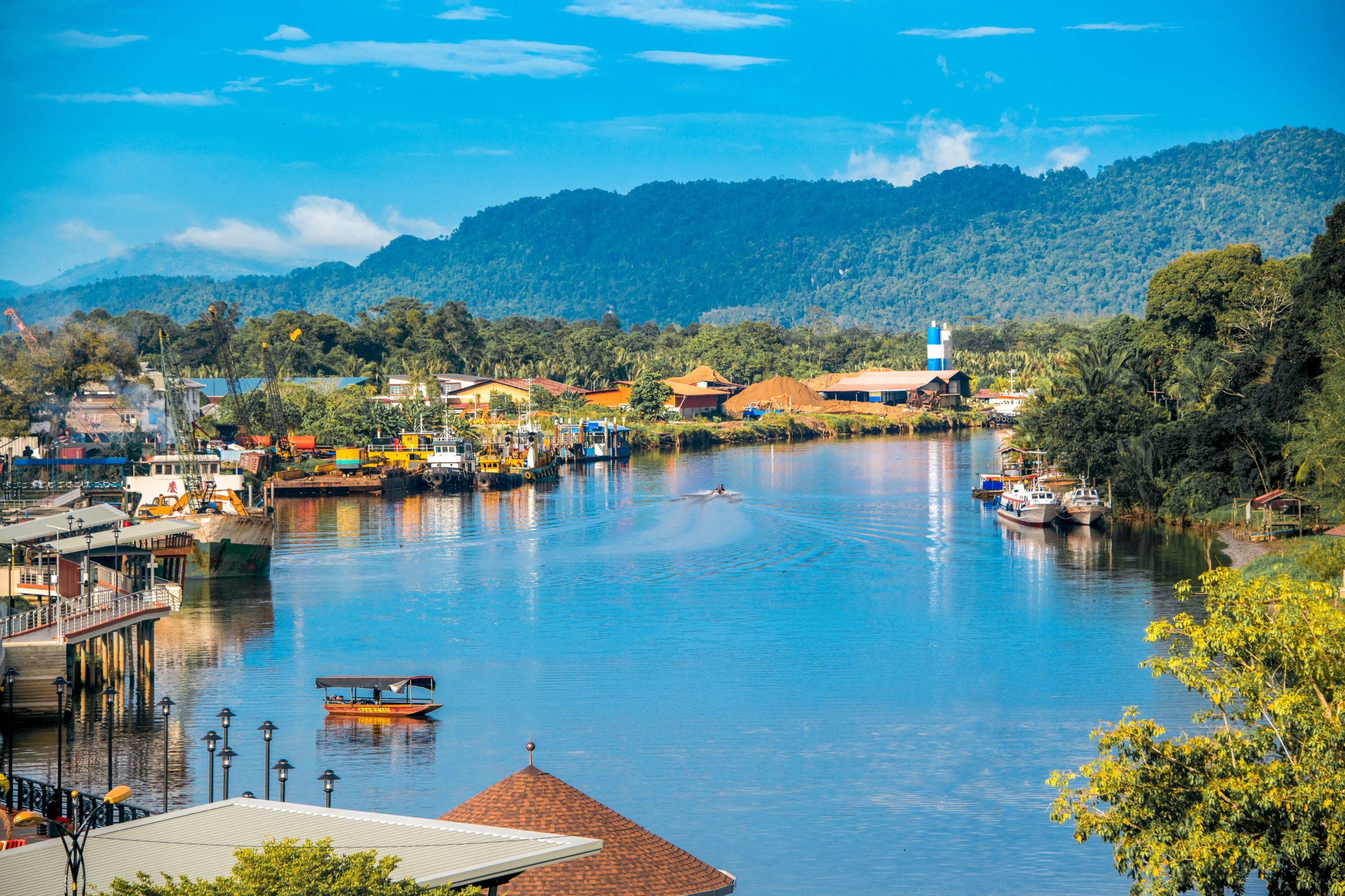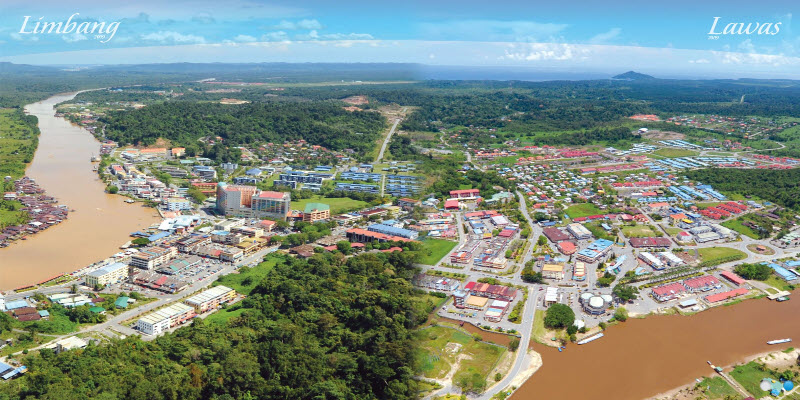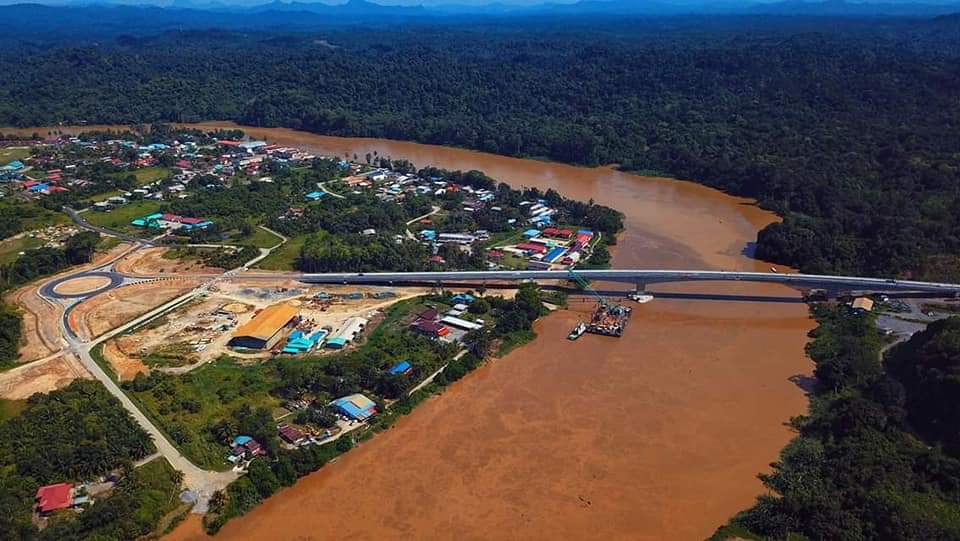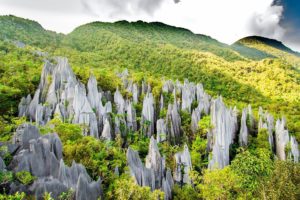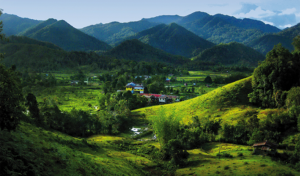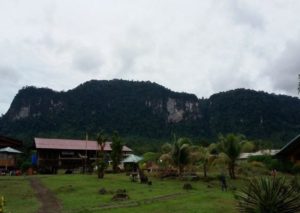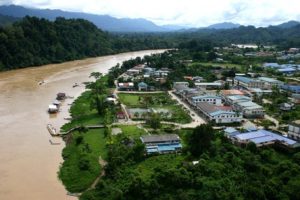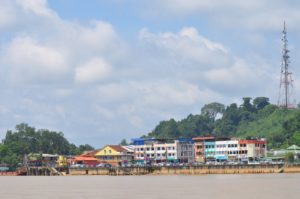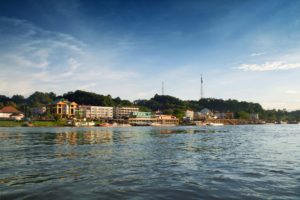They are the Bus Rapid Transit (BRT) in the area under Iskandar Malaysia in Johor; the construction of a bridge at Palekbang to Kota Baru (across Sungai Kelantan) under the East Coast Economic Region (Ecer); infrastructure in the Special Development Zone in Yan and Baling, Kedah, under the Northern Corridor Economic Region (Ncer); infrastructure in Sarawak’s Samalaju Industrial Park; and the continuation of the enlargement of Sabah’s Sepangar Bay Container Port under the Sabah Development Corridor.
The BRT in Johor spans three routes that will serve an area that is over three times the size of Singapore, with development guided by the Comprehensive Development Plan and the Circle of Sustainability to ensure a balance between the economy and the environment.
Iskandar Malaysia is set to house three million people working in the electrical and electronic, petrochemical and oleochemical, food and agro-processing, logistics, tourism, creative, healthcare and financial sectors, among others.
“Other than these, existing tax incentives for Ecer, Iskandar Malaysia and the Sabah Development Corridor will be extended until 2022, ” said Tengku Zafrul.
He said a RM150mil allocation was also made for the raw water piping project from Sungai Kesang (along the Johor-Melaka border) and Tasik Biru (Melaka) to the Melaka’s Jus Reservoir.
Elsewhere, the Employees Provident Fund will continue with the development of the Kwasa Damansara township (served by the Kwasa Damansara station of the Kajang MRT Line) with a gross development value of RM50bil.
Kwasa Damansara is a 913ha township touted as the last piece of prime real estate in Selangor, conceptualised as the first “truly sustainable township”.
“More than 100,000 job opportunities are expected to be created, while 25,000 residential units, including 10,000 affordable homes, will be built, ” said Tengku Zafrul.
He added that Sabah and Sarawak would receive development allocations worth RM5.1bil and RM4.5bil respectively for the provision of infrastructure such as water supply, electricity, roads, healthcare facilities and education.
The Master Builders Association Malaysia (MBAM) said the RM15bil allocation to revive and ensure the continuity of several mega projects would be a catalyst for positive growth in the construction industry.
“The theme ‘Teguh Kita, Menang Bersama’ fits the current challenging times, where the nation needs a booster to revive the economy and well-being of the people, ” MBAM said in a statement yesterday.
The association said the Budget reflected the government’s serious attention in ensuring mega projects such as the Klang Valley MRT3, the Gemas-Johor Baru Double Tracking, the Johor Baru-Woodlands Rapid Transit System, the first phase of the Klang Valley Double Track Rehabilitation Project and the Pan Borneo Highway remained on track.
It also said the RM3.8bil allocated to various major roadworks and RM780mil for the development of various economic corridors in 2021 would also benefit the industry.
“The development for Kwasa Damansara will contribute towards the construction economy, ” said MBAM, which also noted that Sabah and Sarawak were not left out.
It said it was pleased to see allocations for small projects in rural areas such as RM1.3bil for rural roads, RM630mil for rural water supply, RM250mil for rural electricity supply and RM1.2bil for housing for those in the B40 group.
Other allocations for rural projects included RM355mil for housing aid programmes for the poor, RM121mil for 27,000 unit of lamps and 500,000 street lights for villages.
“We are also happy that RM2.5bil was allocated for G1-G4 contractors, which will serve as a lifeline, especially for bumiputra contractors, ” it said, while also welcoming allocations to reskill and upgrade the local workforce.
“The Budget is also a very good initiative to help people who lost their jobs, ” MBAM said, noting that the Penjana Kerjaya Programme would ease the burden of employers and save jobs in construction.


